DON'T MISS OUT
The Sony World Photography Awards exhibition is back with a powerful mix of photography and stories from around the world, featuring top talent and fresh perspectives.
Somerset House London, 17 April - 5 May.
The Sony World Photography Awards exhibition is back with a powerful mix of photography and stories from around the world, featuring top talent and fresh perspectives.
Somerset House London, 17 April - 5 May.
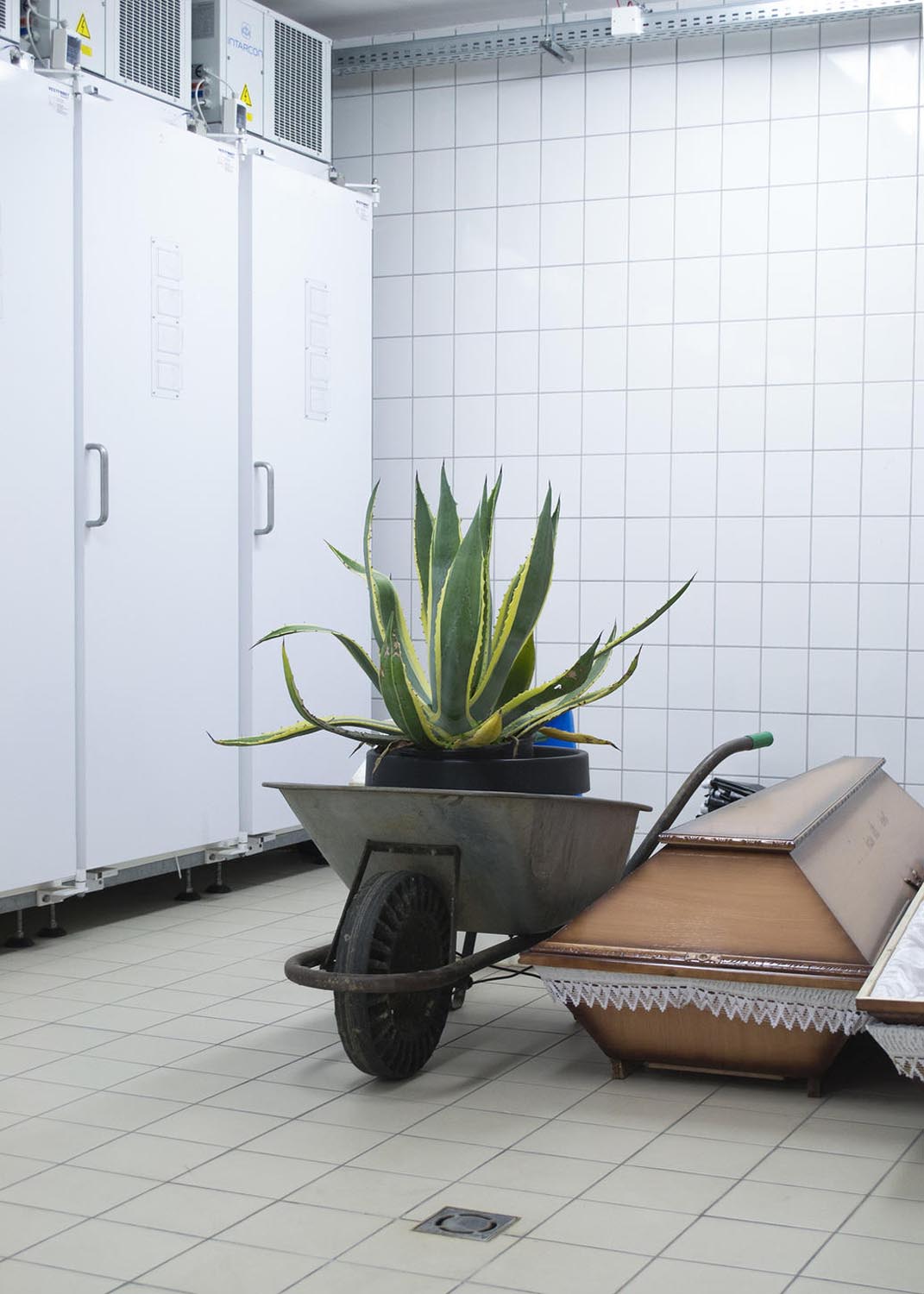
Noémi Szécsi went to a summer camp at the age of 11, where she developed her films and photos and she fell in love the the whole process. Szécsi explains that it was kind of magic for her.
Then Szécsi was consciously preparing for university and she knew that she wanted to study at Moholy-Nagy University of Art and Design (MOME). Luckily, she got in straight after high school and will be graduating this year.
Her series "ashes to ashes_" was among the curated selection of 18 projects from the inaugural Der Greif and the World Photography Organisation open call.
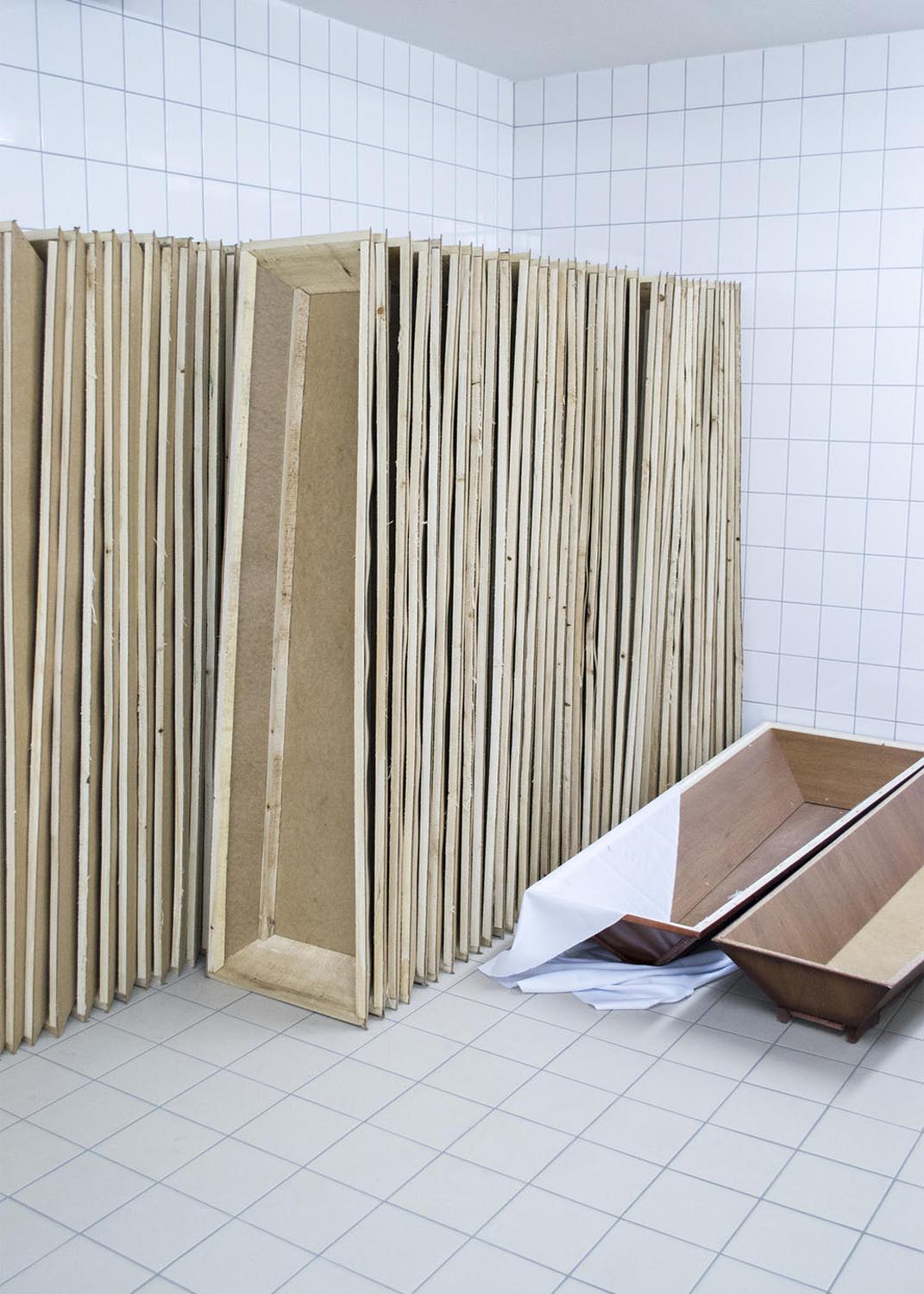
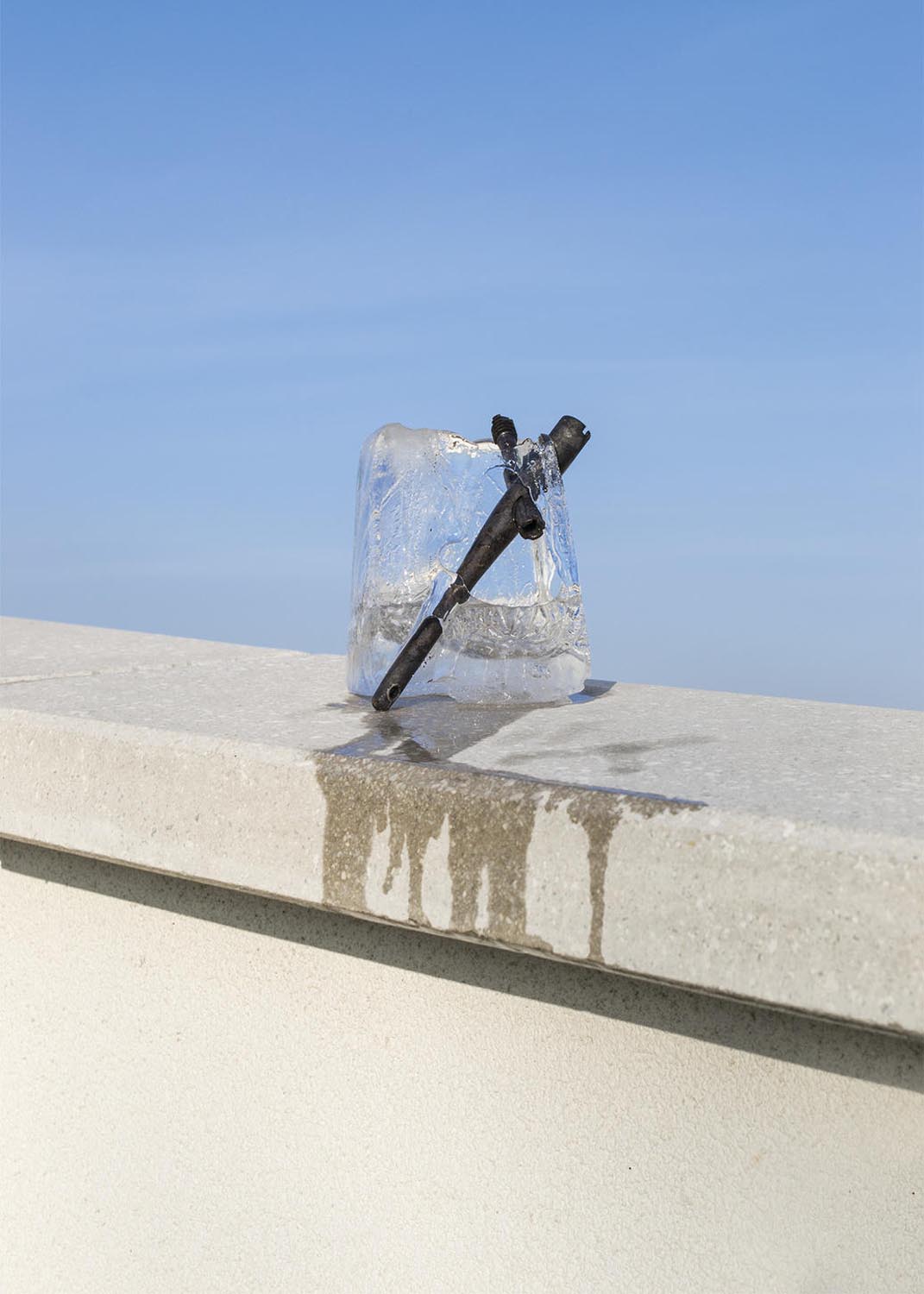
Why photography? What does the medium mean to you?
Photography is a passport to every place, so I can experience the lives of other people.
Can you tell us the more about ashes to ashes_?
In 2017 we had a class at university where we had to make a series for the Breda Photo Festival, and after being given the "infinity and beyond" theme, I found in a collection of articles a piece that outlines a future of continual reduction in the number of available individual burial plots, in contrast to the increasing number of dead that would require them. One solution available is cremation, reducing the pressure on available land. Since I always find death a rich and inexhaustible subject matter, I visited the only crematorium in Budapest. I did not know what to expect during my first visit, but the first thing I became aware of was a sweet smell in the air, that I later learned was concomitant to the furnace firing. It immediately felt absurd to have a sweet smell associated with death and more strangely, due to the burning of the body to complete ash. The other thing that really caught my attention was the silent objective attitude of those who worked at this facility, who still however treated the dead with respect. This attitude I wanted to represent in my images, I wanted to make my own material imbued with the same respect that the workers showed in their task. In addition, I was now attuned to looking for absurd or bizarre situations, such as the storage of prostheses in an alcove, or a wheelbarrow containing a large house plant, beside refrigerators. My encounter with prostheses started a whole new divergent path. I found them interesting because they remained the only coherent material evidence of a deceased body and its existence. I pondered on what had, long ago, been done for individuals to make their lives easier and pain free, and how, after death, these objects had lost their function to become just resting in an alcove . When I designed these later prosthesis images, my intention was to use a more hands on creative route, not just to act as an observer and frame the dead’s prostheses natural fate, I wanted to re envision them in specific situations using particular further materials to emphasize their now non functional state.
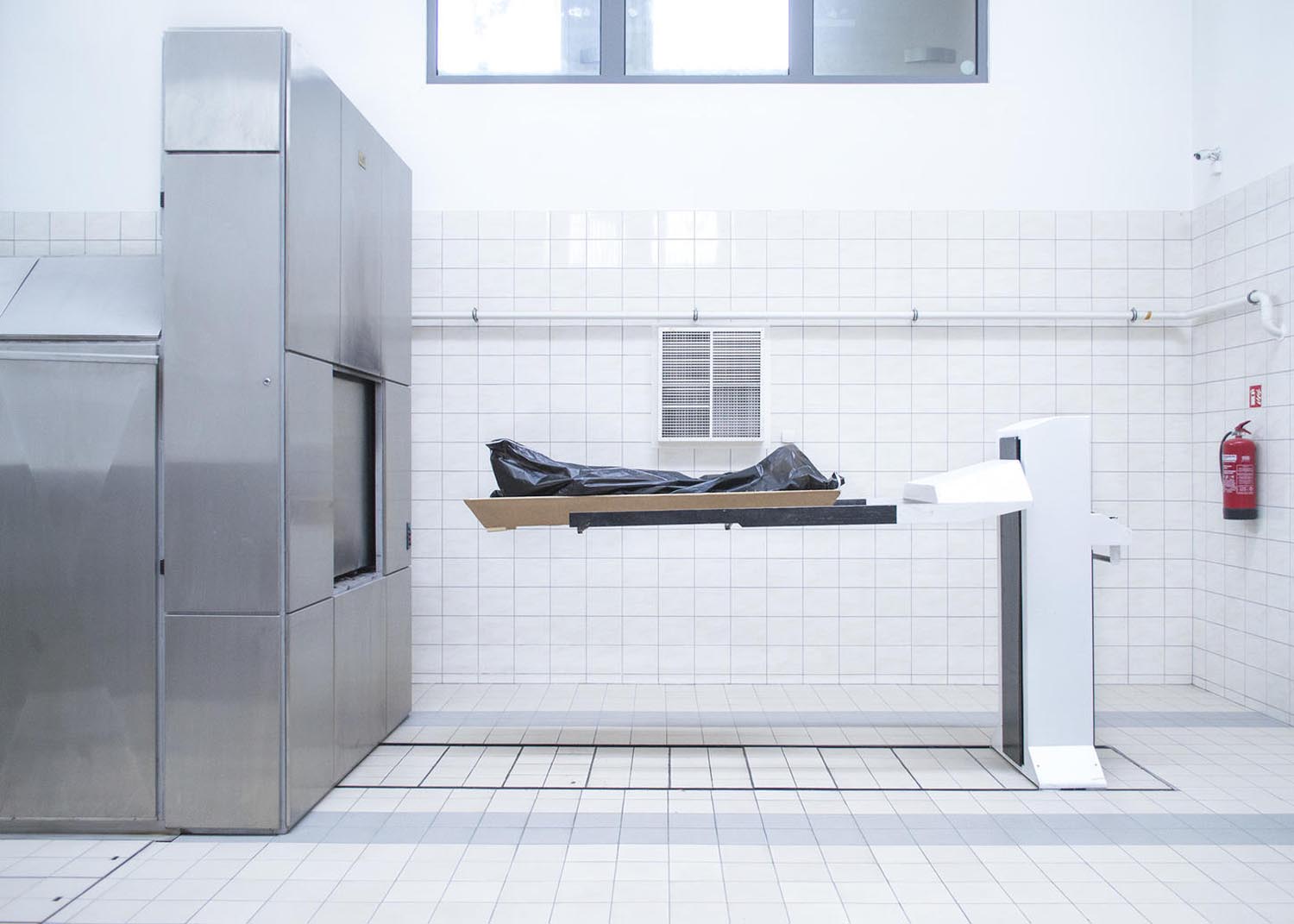
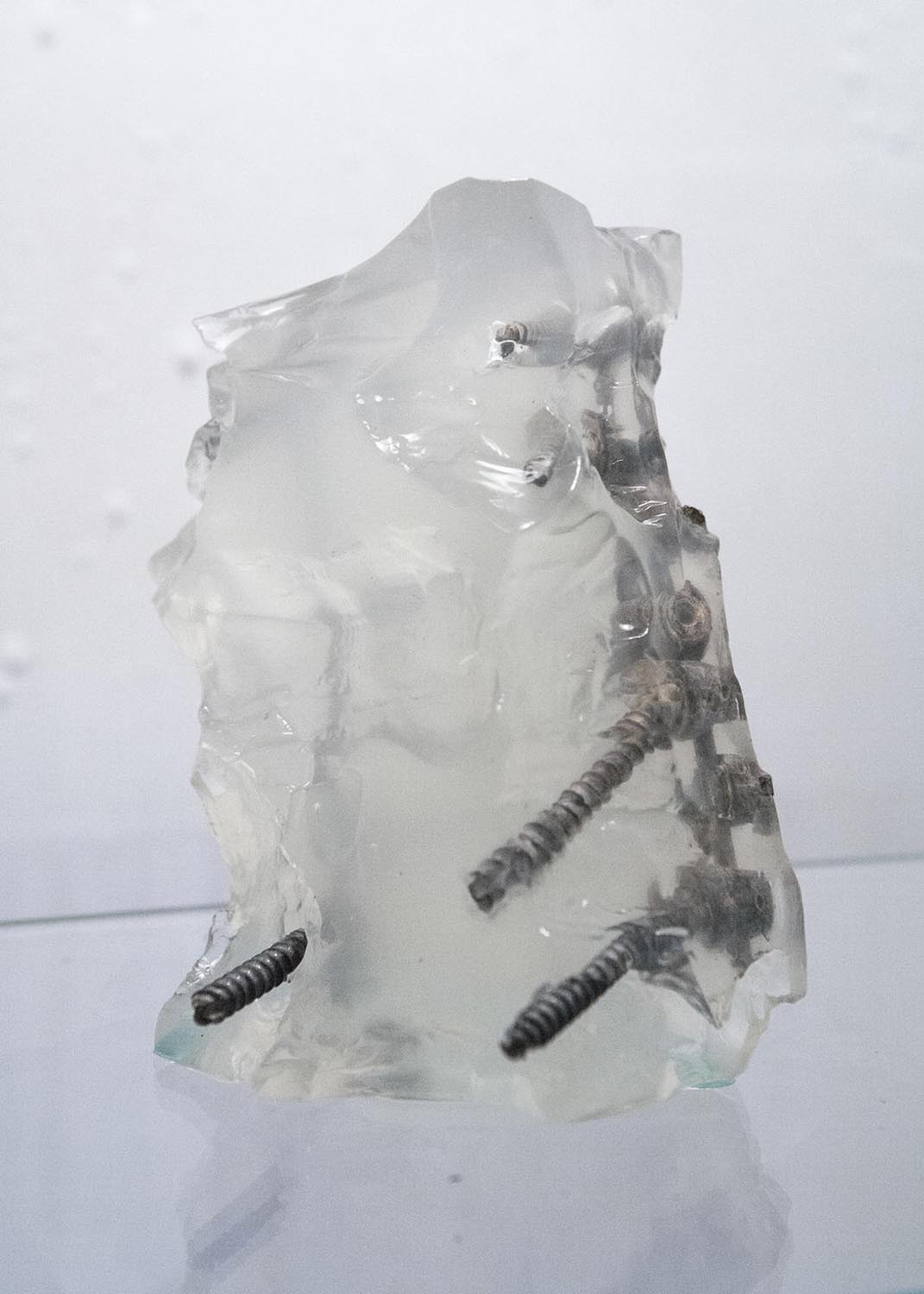
Can you tell us more about your relationship with death & acceptance?
My relationship with death, since my childhood, is not about fear but about acceptance; in recent years I find the subject more intriguing and mystical. It can be sad, cruel, peculiar or mysterious at the same time. In Julian Barnes's Death I read the following statement: "death gives meaning to life"; this summarizes, briefly, what I feel about the concept of death. Death gives motivation; the fear of total vanquishment forces people to fulfill their desires. I think there is no greater stimulating force and so I’ve grown a kind of admiration for the power of death.
How did you decide to visit the only crematorium in Budapest?
They were very open about their job, actually they have open days every year, when you can go and watch their working process, so I just wrote them an email and they let me do my thing. Except one thing, I was not allowed to make photos about the departed. It was not a problem for me, because in the beginning of my work I had already decided not to show dead bodies in the pictures, therefore the concept of death didn’t come directly.
You say that you wanted to give the silent objective attitude of those who worked at this facility, who still treat the dead with respect. How was the process of showing it through images?
In the first place in the editing process I tried to play with the colours, so that they seem more sterile. On most pictures the dominant colour is white, so it gives the impression of objectivity. On the other hand the compositions are following a geometric pattern, but in my opinion they do not become tedious.
The Sony World Photography Awards exhibition is back with a powerful mix of photography and stories from around the world, featuring top talent and fresh perspectives.
Somerset House London, 17 April - 5 May.